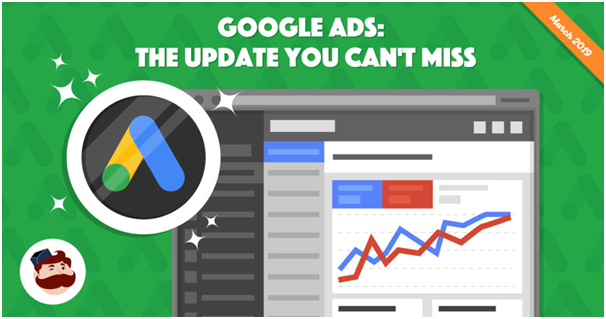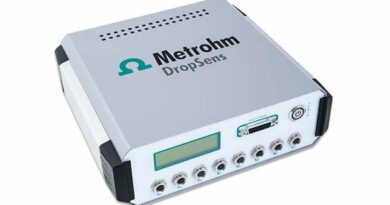Google Introduces AMP To Make Display Ads Better
“Page load time is one of the strongest reasons of page bounce,” notes Google in a blog post published late last week. That’s bad news according to recent data, which shows that most retail mobile sites take around 6.9 seconds to load — double the length of time that 40% of internet users will wait before they abandon a web page.
Not only will they abandon that page, but research shows that 79% of online shoppers won’t come back. Then after their bad experience, they’ll even tell their friends about it.
To keep that from happening by speeding up the mobile web, Google launched its Accelerated Mobile Pages (AMP) project. Since then, 150 million AMP pages have been built by boutique digital agencyto deliver content at speeds 4 times faster than the norm, with one major caveat.
To keep these pages as “light” on code as possible, AMP doesn’t allow the use of third-party JavaScript or complex HTML, which means that more advanced functions like data transfer, tracking, and analytics wouldn’t be supported.
What is AMP:
Google AMP is a framework developed by the search engine giant to help designers create incredibly quick-loading mobile web pages that use around ten times less data than average. The framework consists of three basic parts:
AMP HTML
AMP HTML is a stripped-down, basic version of what we recognize as hypertext markup language — the system of tags, numbers, and letters used to build the foundation of most web pages. In this lighter version of the digital language, Google has placed usage restrictions on elements of HTML most responsible for making pages load slowly.
AMP JavaScript
To keep JavaScript from delaying page rendering, AMP allows only asynchronous JavaScript. AMP pages can’t include any author-written JavaScript. Instead of using JavaScript, interactive page features are handled in custom AMP elements.
AMP CDN
The AMP CDN (content delivery network) is an optional component of the project that allows creators to store a cached version of their web page on Google’s servers. That cached version is a digital snapshot of the page that contains all its data in one place. As a result, it can be served to the user faster than if the content had to be delivered through multiple steps and fetched from different places.
Getting started with Google AMPHTML ads for advertisers:
AMPHTML ads are a subset of the AMP spec and ships with many good-by-default ads UI components, an analytics measurement framework, a spam detection system, viewability measurement and other building blocks to create a good and measurable ad.
Once you have created the ad, you can choose one of the following options to serve AMPHTML ads:
- Work with an Authorized Buyer that allows to target just AMP or regular inventory
- Use Google Ads to target inventory in the Google Display Network
- Direct buy with publishers using Google Ad Manager
- Display & Video 360 support to deliver AMPHTML ads to AMP pages
Google continues to invest in delivering better user ad experiences by increasing the share of AMPHTML ads vs regular ads. Once mobile app support launches in Q2, 2019, advertisers can fully transition to creating a single AMPHTML ad and have it render across all environments and devices.
We hope you’ll take full advantage of the performance, security benefits and the increased ROI by choosing to build & serve AMPHTML ads in your next campaigns.
Why should you care?
AMP has been heralded as a possible solution for advertisers who are increasingly concerned about issues of speed and safety. On Tuesday, Google suggested AMP landing pages for digital marketing agency usa who want to improve mobile speed scores.
“AMP pages have seen steady growth over the past few years and advertisers now have access to well over 1 billion impressions/day worth of premium (from a user experience and ad experience standpoint) inventory,” Jasti said. “In addition, more than 35 percent of ads served to AMP pages are already AMPHTML ads.
The performance benefits and security guarantees offered by AMPHTML ads, which are display ads created using the AMP framework, translate to better advertiser ROI, publisher revenue and overall better user experience. Because of this, Google has expanded serving AMPHTML ads not only to AMP pages, but also to regular web pages. As of January this year, 12% of all display ads served by Google are now AMPHTML ads.



